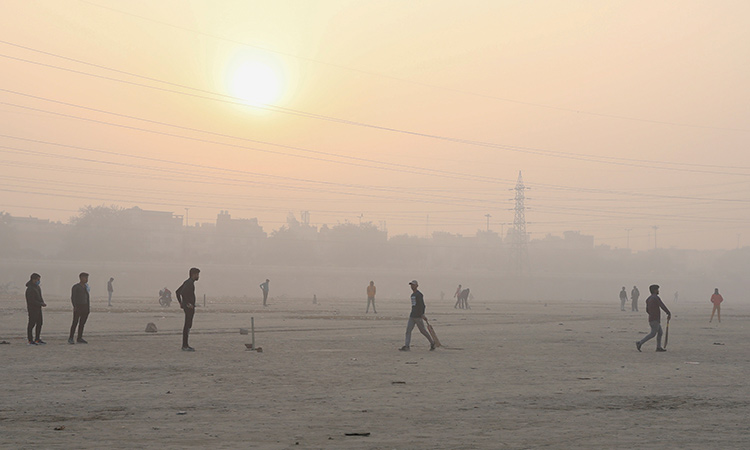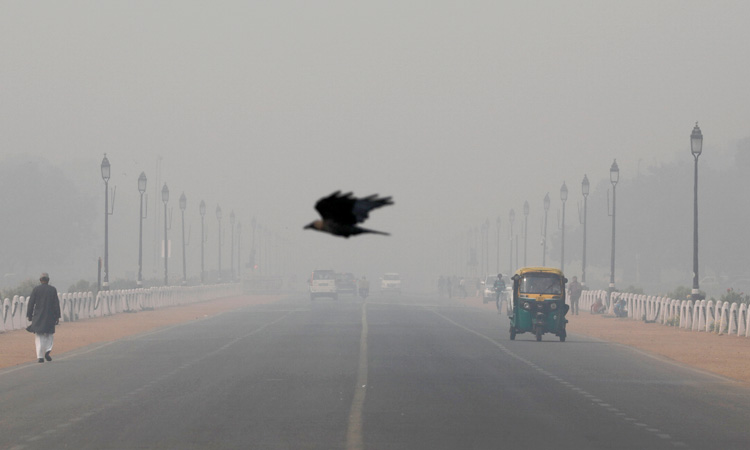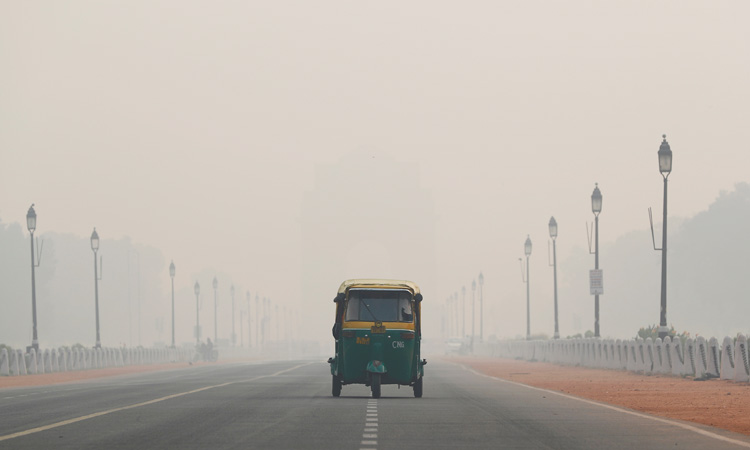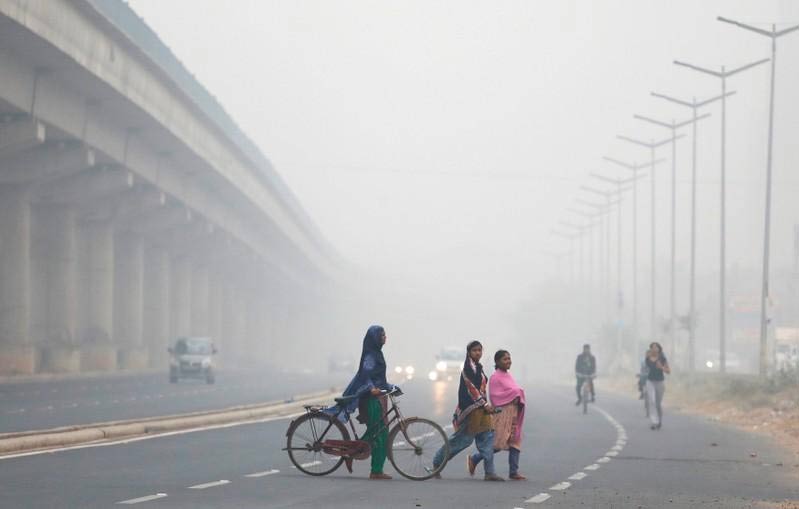Cutting household fuel can save lives in India

Meena Janardhan
Writer/Editor/Consultant. She has over 25 years of experience in the fields of environmental journalism and publishing.
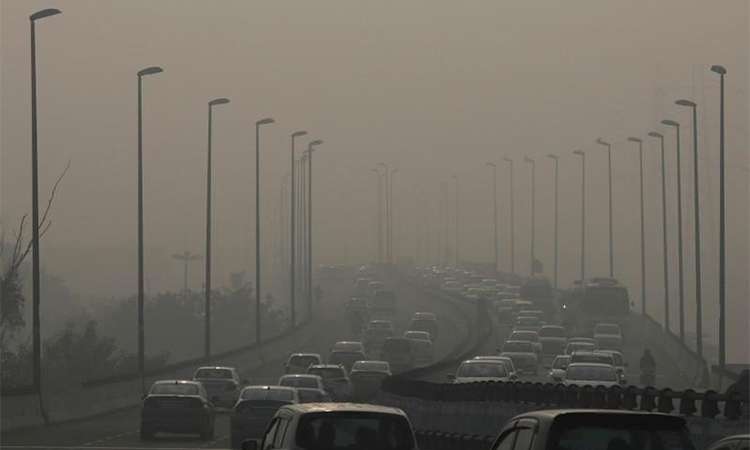
Vehicles drive through the smog in New Delhi, India,
The household emissions from cooking, space heating, water heating and lighting are responsible for as much as 30 per cent of the annual PM 2.5 exposure, according to modelling studies jointly conducted by scientists from IIT Delhi, University of California, Urban Emissions and University of Illinois at Urbana. India could make a major dent in air pollution and save about 270,000 lives a year by curbing emissions from dirty household fuels such as wood, dung, coal and kerosene, according to the study.
The modelling exercise of curbing household emissions under various scenarios showed that if PM 2.5 emissions from household sources were eliminated completely, 103 additional districts out of a total of 597 districts would meet the national air quality standard of 40 micrograms per cubic metre. In 2015, only 246 districts met the standard.
The study, published in Proceedings of the National Academy of Sciences, also found that curbing the use of solid fuels could reduce air pollution-related deaths by 13%, which is equivalent to saving about 2.7 lakh lives a year.
Nearly half of the country’s population relies on dirty fuels such as wood, dung, coal and kerosene for cooking and heating, said researchers from the University of California, Berkeley and the India Institute of Technology-Delhi.
Eliminating emissions from these sources — without any changes to industrial or vehicle emissions — would bring the average outdoor air pollution levels below the country’s air quality standard, according to the study published in the journal ‘Proceedings of the National Academy of Sciences’.
As of early 2016, nearly half of the Indian population was reliant on biomass for household fuel, researchers said. In addition to generating greenhouse gases like carbon dioxide and methane, these dirty fuels kick out chemicals and other fine particulate matter that can stick in the lungs and trigger a whole host of diseases, including pneumonia, heart disease, stroke, lung cancer and chronic obstructive pulmonary disease. Levels in New Delhi – by many estimates, the most polluted city in the world – often soared beyond 300 microgrammes per cubic metre, researchers said.
Complete mitigation of biomass as fuel – which could be achieved through widespread electrification and distribution of clean-burning propane to rural areas – would cut India’s average annual air pollution to 38 micrograms per cubic meter, just below the country’s National Ambient Air Quality Standard of 40 micrograms per cubic meter.
Union minister Harsh Vardhan has discredited the recent global reports claiming over one million deaths in India due to air pollution, saying such studies are only aimed at panic.
In an interview to PTI, the BJP leader said his government is working hard to tackle the problem of pollution. The recent National Clean Air Program unveiled a five-year plan, the aims of which include reducing air pollution in 102 cities by up to 30% from 2017 levels.
In 2016, India instituted a national programme to distribute clean burning stoves and propane to 80 million impoverished households, or about 500 million people, researchers said. The rationale behind this programme was to prevent illness due to cooking and heating smoke trapped within the home.
According to the World Health Organization’s (WHO), air pollution is a major risk factor for heart disease, stroke, chronic obstructive pulmonary disease and lung cancer, and increases the risks for acute respiratory infections and exacerbates asthma. With the economy booming in many of India’s cities since the turn of this century the number of road vehicles and dusty construction sites have multiplied, and outdoor air pollution has become a major health hazard and a major killer.
This adds to the already large burden of ill-health caused by household air pollution from the use of solid fuels for cooking in the world’s second most populous country of some 1.3 billion people. In India, an estimated 1.5 million people died from the effects of air pollution in 2012, according to WHO data.
Globally, air pollution – both indoor and outdoor – caused nearly 7 million deaths, or 11.6% of deaths in 2012, making it the world’s largest single environmental health risk, according to World health statistics 2016.
About 98% of cities in low- and middle-income countries with more than 100 000 inhabitants do not meet norms set out in the WHO air quality guidelines, according to WHO’s global urban air quality database.
